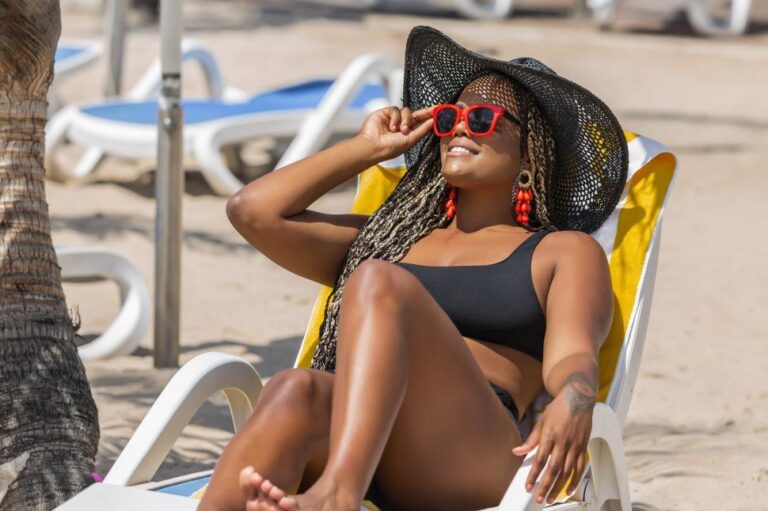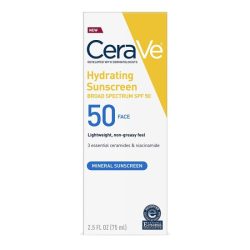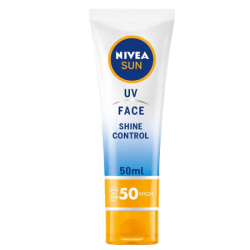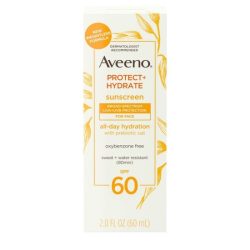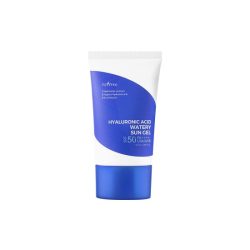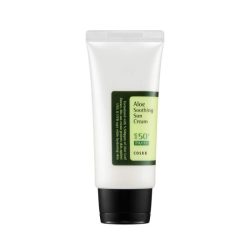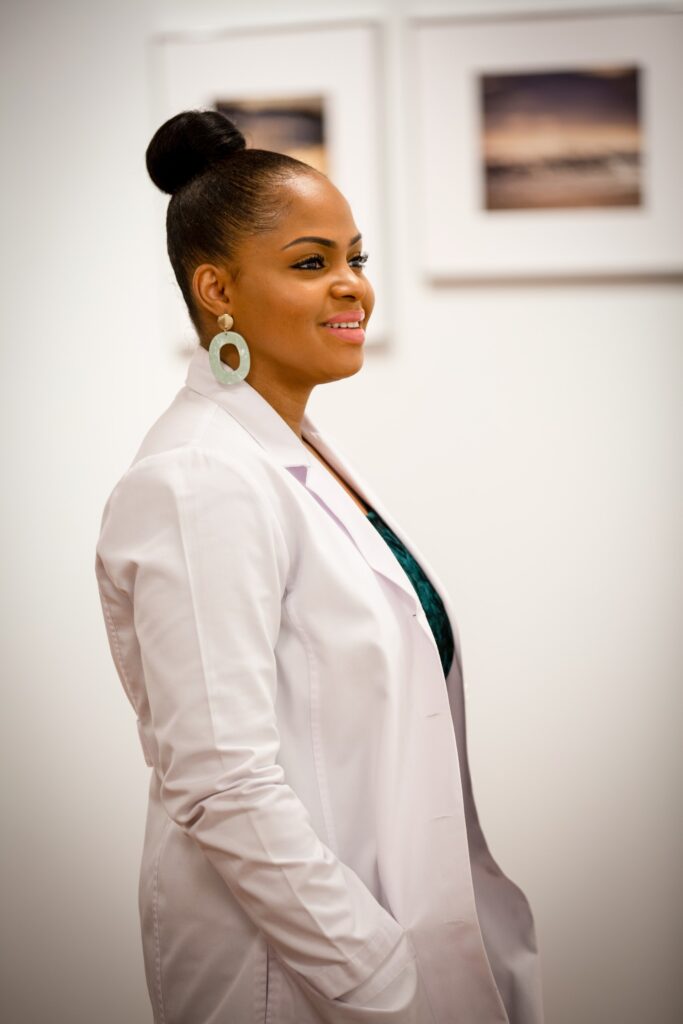Sunlight, the very essence of life, paints the world in golden hues but harbors a double-edged sword: ultraviolet (UV) radiation. While essential for vitamin D synthesis and plant growth, unchecked UV exposure wreaks havoc on our skin, causing sunburn, premature aging, and even the dreaded skin cancer. This is where sunscreen emerges as a crucial shield, guarding against this hidden threat for everyone, regardless of the shade their skin wears
Unveiling the Invisible Enemy: Understanding UV Rays
Sunlight comprises a spectrum of wavelengths, including visible light that our eyes perceive and an invisible range of UV rays. Among these are UVA and UVB rays, the culprits behind most sun-related damage. UVA rays penetrate deep into the skin, damaging collagen and elastin, the fibers that keep skin plump and youthful. UVB rays, though less penetrating, are responsible for sunburns and play a significant role in skin cancer development.
Why Everyone Needs Sunscreen, Regardless of Skin Tone:
The misconception that darker skin tones don’t require sunscreen is a persistent and dangerous myth. While it’s true that melanin, the pigment responsible for skin color, offers some natural protection against UV rays, its shield is far from invincible. Black skin can still experience sunburn, tan, and develop skin cancer under excessive sun exposure. Studies reveal that although melanoma, the most aggressive form of skin cancer, is less prevalent in people with darker skin tones, other skin cancers like basal cell carcinoma and squamous cell carcinoma occur just as frequently.
Sunscreen: The Sun’s Kryptonite
Sunscreen acts as a superhero in disguise, deflecting or absorbing UV rays before they can penetrate the skin. This superhero comes in two forms:
- Physical sunscreens (mineral sunscreens): Featuring mineral ingredients like zinc oxide and titanium dioxide, these sit on the skin’s surface, reflecting UV rays like a knight’s armor. While some may leave a white cast, newer formulations blend seamlessly without compromising protection. These are safe and can be used by all types of skins regardless of age.
- Chemical sunscreens: Packed with organic compounds like oxybenzone and avobenzone, these absorb UV rays, converting them into heat that dissipates harmlessly. They tend to be lightweight and transparent, but some individuals may experience skin sensitivity.
Finding the Perfect Shield: Choosing the Right Sunscreen
Sunscreen needs to be your loyal ally, not a clumsy sidekick. Here’s how to choose the right one:
- Broad-spectrum protection: Ensure your sunscreen shields against both UVA and UVB rays. Look for labels that say “broad spectrum” or have a UVA circle logo.
- SPF factor: SPF stands for Sun Protection Factor, indicating how well the sunscreen protects against UVB rays. For everyday use, choose SPF 30 or higher. Higher SPFs offer more protection, but remember, reapplication every two hours, especially after swimming or sweating, is crucial.
- Skin type: Choose a non-comedogenic and oil-free formula if you have oily or acne-prone skin. For sensitive skin, mineral sunscreens are generally kinder.
Sunscreen for Shades of Beauty: Protecting Black Skin. Understanding that melanin offers inherent sun protection but needs backup is key. Look for:
- Sunscreens formulated for deeper tones: These often have sheer or tinted formulas that minimize white cast. Brands like Black Girl Sunscreen and SunBum Darker Tone Sunscreen cater specifically to these needs.
- Non-greasy and lightweight formulas: Choose ones that won’t feel heavy or clog pores, especially in humid climates.
- Patch test before full application: As some ingredients might cause irritation, apply a small amount on the inner arm first.
Sunscreen is More Than a Bottle: Building a Sun-Safe Culture
Remember, while sunscreen is your first line of defense, it’s not the only weapon in your arsenal. Embrace a sun-smart lifestyle:
- Seek shade: Especially during peak sun hours (10 am to 4 pm).
- Cover up: Wear long sleeves, pants, and a wide-brimmed hat for maximum protection.
- Sunglasses: Shield your eyes with UV-protective sunglasses.
- Sun safety for children: Instill sun-protective habits early on by using sunscreen, hats, and protective clothing for them.
Sunscreen is not about vanity; it’s about safeguarding your skin’s health, regardless of its shade. It’s about embracing the sunshine while being wise to its hidden dangers. Remember, every skin tone deserves the superhero protection of sunscreen. Let’s rewrite the narrative, making sun safety a vibrant celebration of diversity and skin health for all.

